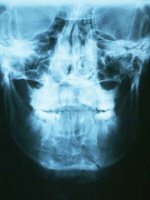Broken Jaw Overview
A broken jaw (or mandibular fracture) is a common facial injury. A broken jaw is the tenth most common fractured bone in the human body. Fractures (breaks in the bone) are generally the result of a direct force or trauma to the jawbone.
- The jawbone, or mandible, is the largest and main bone of the lower part of the face. The chief areas of the mandible bone are the body (chin out to the jaw angle) and the 2 upward branches, called the rami.
- Men are about 3 times more likely than women to sustain a broken jaw. Those ages 20 to 29 are the most common group affected.
Broken Jaw Causes
- Motor vehicle accidents
- Assaults
- Sports-related injuries
- Falls
Broken Jaw Symptoms
- The most common symptom is jaw pain.
- You may feel that your teeth do not fit together correctly (this is called a malocclusion). You may be unable to open your jaw all the way, have problems speaking, or notice swelling of the jaw.
- Your chin or lower lip may be numb because of damage to a nerve that runs through the mandible.
- Inside the mouth, you may see bleeding or find a change in the normal lineup of teeth. There might also be bruising under the tongue or even a cut in the ear canal due to movement backward of the broken jawbone.
When to Seek Medical Care
Call your doctor if you have been injured and feel that your teeth don’t fit together correctly, if you have bleeding within the mouth, problems speaking or swelling.
This injury is best evaluated at a hospital. Therefore, your doctor may advise you to go to an emergency department. Remember, if you are the one who is injured, you should not be driving. Have someone take you to the emergency department.
A potential but serious consequence of jaw fracture is a problem breathing due to loss of support to the tongue. Therefore, any signs of breathing problems need to be addressed immediately by calling 911.
Exams and Tests
A doctor will conduct a physical exam and order X-rays if indicated. Blood tests usually are not necessary.
- The physical examination would consist of a general inspection of your face for obvious deformity, bruising, or swelling. It will also involve inspection of the TMJ joint (temporomandibular joint) and evaluation for nerve or vascular compromise. The next step would begin with feeling the jawbone through the skin.
- The doctor will check the movement of the mandible. Once the external exam is complete, the doctor will check inside your mouth. You will be asked to bite down, and your teeth will be assessed for alignment.
- The doctor will check the jawbone for stability. With the straight blade test, the doctor may place a tongue blade (tongue depressor, a flat wooden stick) between your teeth and evaluate whether you can hold the blade in place.
- The best screening film is the panoramic X-ray, completely around the jaw. This type of X-ray may not be available in smaller hospitals, so other views may be substituted. If the initial X-rays are negative, a CT scan may be indicated if the doctor thinks you have a broken jaw.
Broken Jaw Treatment
Self-Care at Home
If there is any question that you may have a broken jaw, you need to be checked by a doctor or a dentist specializing in oral surgery.
Ice should be applied to the jaw to help control the swelling on your way to be seen by the doctor. Sometimes you will need a paper cup to catch the drool or to spit blood into on the trip to the doctor or emergency department.
Medical Treatment
Many people who have jaw pain will not have a jaw fracture and will be treated with pain medications and instructions to eat a soft diet and to follow up with their doctor.
- Those with fractures require further evaluation. Many fractures of the jawbone are associated with gum problems or tissue damage and should be considered open fractures. They will be treated with antibiotics.
- The pain will be addressed and managed effectively.
- Many mandible fractures are stable, and the only treatment required is wiring the upper and lower teeth together. This will most commonly be performed by an oral and maxillofacial surgeon.
- More unstable fractures often require surgery. Surgical methods using plates across the fracture site may allow you to have normal motion of the mandible and to eat shortly after surgery.
Next Steps
Follow-up
Many jaw fractures require surgery. Because of that, you may need to follow up with a surgeon.
All antibiotics need to be taken as instructed.
Follow all diet recommendations.
Prevention
Because the most common causes of jaw fractures are the result of motor vehicle accidents and assaults, the best prevention is to drive carefully and choose your friends wisely. A more realistic step that can be taken is wearing protective devices in sporting activities.
Outlook
Depending on the nature and location of the fracture, the fracture may have to be fixed with surgery. Some fractures do not require surgery and are managed best with diet changes and pain control. Some people may need to be admitted to the hospital based on their injury.
Multimedia
Media file 1: Broken jaw. The dark angular line near the bottom left of the skull (viewer’s right) is the fracture. Photo courtesy of Lisa Chan, MD, Department of Emergency Medicine, University of Arizona.
Media type: X-RAY

